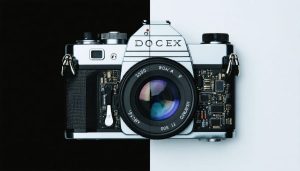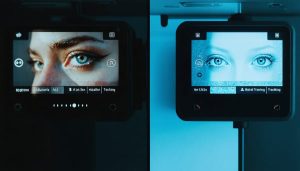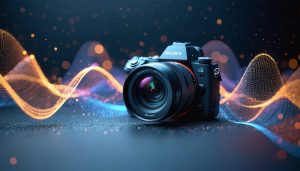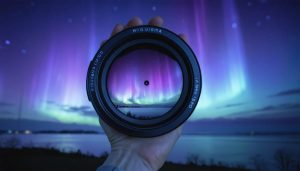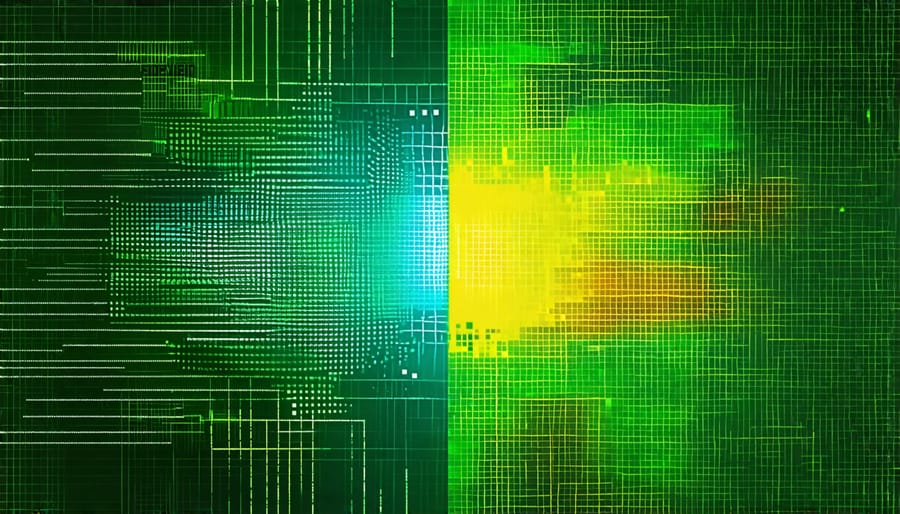
Bayer and X-Trans are the two primary sensor magic technologies used in digital cameras today, each with distinct characteristics that impact image quality and post-processing workflows. While Bayer sensors have long been the industry standard, Fujifilm’s X-Trans technology has emerged as a compelling alternative, promising reduced moiré, improved color accuracy, and sharper detail. However, the choice between these two sensor types ultimately depends on your specific needs as a photographer. In this article, we’ll dive deep into the technical differences between Bayer and X-Trans sensors, explore their strengths and weaknesses in real-world shooting scenarios, and provide practical guidance to help you determine which option best aligns with your creative vision and workflow preferences.
Understanding X-Trans Sensors
X-Trans Color Filter Array
The X-Trans color filter array, developed by Fujifilm, offers a unique approach to color reproduction. Unlike the traditional Bayer pattern, which consists of a repeating 2×2 grid of red, green, and blue filters, the X-Trans array uses a larger 6×6 grid with a more randomized arrangement of color filters. This pattern includes 55% green, 20% red, and 25% blue filters, mimicking the human eye’s sensitivity to green light.
The X-Trans array’s non-repeating pattern helps to minimize moiré and false color artifacts, reducing the need for an optical low-pass filter (OLPF). By eliminating the OLPF, X-Trans sensors can capture finer details and maintain sharpness without the softening effect often associated with Bayer sensors that require an OLPF.
However, the unique color filter arrangement of X-Trans sensors can present challenges for raw image processing software, as demosaicing algorithms designed for Bayer patterns may not be optimized for the X-Trans array. This can sometimes result in artifacts or reduced sharpness during post-processing.
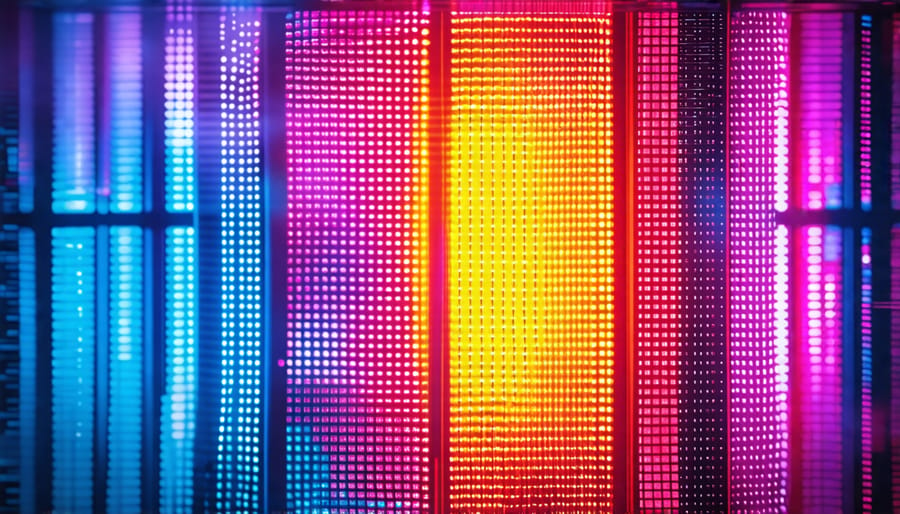
Advantages of X-Trans Sensors
X-Trans sensors offer several advantages over traditional Bayer sensors. One of the most significant benefits is the reduction of moiré patterns. Moiré occurs when fine patterns or textures in a scene clash with the grid-like arrangement of a Bayer sensor, resulting in strange, artificial-looking artifacts. The unique pseudo-random color filter array of X-Trans sensors helps to minimize these artifacts, providing cleaner, more natural-looking images straight out of the camera.
Another advantage of X-Trans sensors is improved color accuracy. The X-Trans array allows for more green pixels, which are essential for luminance information and perceived sharpness. By placing the green pixels more strategically, X-Trans sensors can capture more accurate colors and finer details compared to Bayer sensors.
Additionally, the lack of an optical low-pass filter (OLPF) in most X-Trans equipped cameras contributes to sharper images. The OLPF is used in many Bayer sensor cameras to reduce moiré but at the cost of slightly blurring fine details. Since X-Trans sensors inherently minimize moiré, the OLPF can be omitted, resulting in images with greater detail and micro-contrast.
However, it’s important to note that the unique demosaicing process required for X-Trans files can sometimes lead to “wormy” artifacts or smearing in fine green details like foliage. Nonetheless, advancements in raw processing algorithms have significantly improved the rendering of X-Trans files, making these issues less prevalent in newer software.
Overall, X-Trans sensors provide photographers with the potential for capturing clean, detailed, and color-accurate images while minimizing the need for post-processing corrections.
The Bayer Sensor Advantage
Bayer Filter Array Explained
The Bayer filter array is a color filter array (CFA) commonly used in digital cameras. It consists of a grid of red, green, and blue color filters arranged in a specific pattern over the camera sensor. The most common Bayer pattern is the RGGB array, which features alternating rows of red-green and green-blue filters.
In this arrangement, there are twice as many green filters as red or blue. This is because the human eye is more sensitive to green light, so having more green pixels helps to capture a more detailed luminance (brightness) signal. Each pixel on the sensor only captures one color channel, either red, green, or blue.
To generate a full-color image, the camera uses a demosaicing algorithm to interpolate the missing color information for each pixel based on the surrounding pixels. This process allows the camera to reconstruct a complete RGB value for every pixel in the final image. While the Bayer array is effective and widely used, it can be prone to issues like moiré patterns and false colors in certain scenarios.
Benefits of Bayer Sensors
Bayer sensors, the more traditional technology found in most digital cameras, offer several compelling benefits for photographers. One of their key strengths lies in low-light performance. Thanks to their larger pixel sizes, Bayer sensors can capture more light, resulting in cleaner images with less noise in dimly lit environments. This makes them a popular choice for night photography, indoor shooting, and other challenging lighting scenarios.
Another advantage of Bayer sensors is their broader software compatibility. As the more widely used sensor type, Bayer patterns are supported by a vast array of image editing programs, plugins, and camera raw converters. This extensive compatibility ensures a smoother workflow and greater flexibility in post-processing.
When it comes to color reproduction, Bayer sensors have a leg up in certain situations. They tend to produce more natural-looking colors straight out of the camera, particularly for skin tones and subtle gradations. This can be a significant benefit for portrait, fashion, and wedding photographers who prioritize accurate and pleasing color rendition.
Bayer sensors also excel in capturing a wide dynamic range, preserving details in both highlight and shadow areas. This is especially valuable for landscape and architectural photography, where retaining information across a broad range of tones is crucial.
While X-Trans sensors have their strengths, Bayer sensors remain a reliable and versatile choice for many photographers. Their tried-and-true technology, combined with ongoing advancements, ensures that they will continue to be a staple in the world of digital imaging.
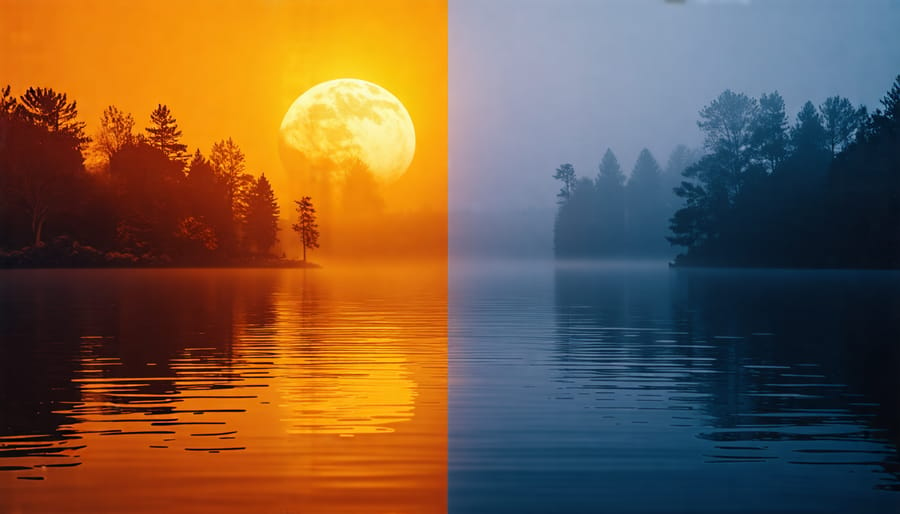
X-Trans vs Bayer: Head-to-Head Comparison
To truly understand the differences between X-Trans and Bayer sensors, it’s essential to compare their performance in key areas. Let’s start with resolution. While both sensor types can offer high megapixel counts, the unique color filter array of X-Trans sensors allows for slightly higher resolution at the expense of more complex demosaicing algorithms. In practice, however, the difference in resolution is often negligible.
Color rendering is where the two sensor types really begin to diverge. X-Trans sensors, with their more randomized color filter array, tend to produce more natural-looking colors straight out of the camera. Bayer sensors, on the other hand, often require more post-processing to achieve similar results. This is particularly noticeable in areas like skin tones and foliage.
Noise performance is another crucial factor to consider. In general, X-Trans sensors have a slight edge in terms of high ISO noise performance, thanks to their unique color filter array which helps to minimize moiré and false colors. However, advances in noise reduction algorithms have narrowed the gap in recent years, with modern Bayer sensors offering excellent noise performance in their own right.
To really see these differences in action, it’s helpful to look at real-world photo examples. When comparing images side-by-side, you may notice that X-Trans files have a slightly more organic, film-like quality to them, while Bayer files can sometimes appear more clinical or digital. Of course, much of this comes down to personal preference and the specific camera models being used.
Other factors to consider include dynamic range, where both sensor types have made significant strides in recent years, and rolling shutter, which can be more pronounced on X-Trans sensors due to their unique readout method. Ultimately, both X-Trans and Bayer sensors are capable of delivering stunning image quality in the right hands. The key is to understand their strengths and weaknesses and choose the one that best suits your needs as a photographer.
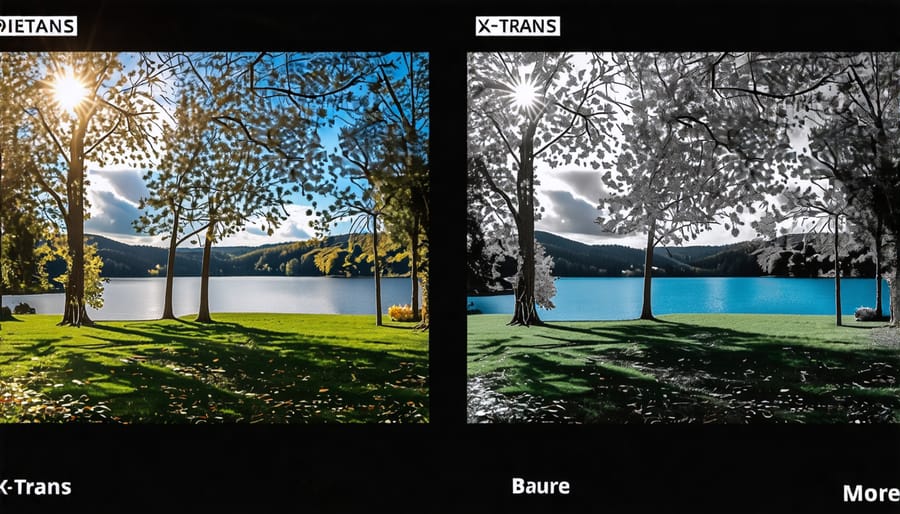
Conclusion
In conclusion, both X-Trans and Bayer sensors have their own unique strengths and are capable of producing excellent images. X-Trans sensors excel at reducing moiré and false colors, making them ideal for photographers who frequently shoot patterns or fine details without an anti-aliasing filter. Their unique color filter array also produces a more film-like look that some photographers prefer.
On the other hand, Bayer sensors offer better compatibility with a wider range of raw processing software and tend to have superior high ISO performance. They may be the better choice for photographers who prioritize low-light shooting or need maximum flexibility in post-processing.
Ultimately, the best sensor type for you depends on your specific needs and preferences as a photographer. If you value the unique color rendition and reduced moiré of X-Trans sensors and primarily use Fujifilm’s own processing software, an X-Trans camera could be an excellent choice. However, if you require the best possible high ISO performance, compatibility with a broader range of software, or simply prefer the more conventional Bayer look, a camera with a Bayer sensor may be the way to go. Consider your shooting style, subject matter, and workflow when deciding which sensor type aligns best with your needs.

